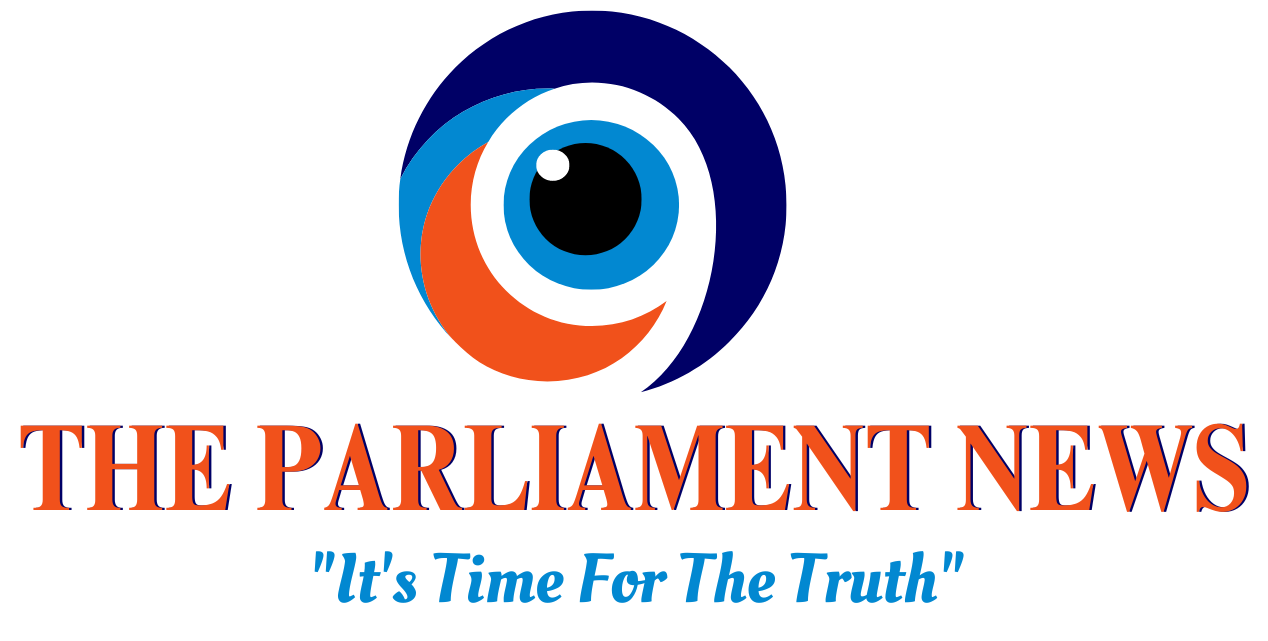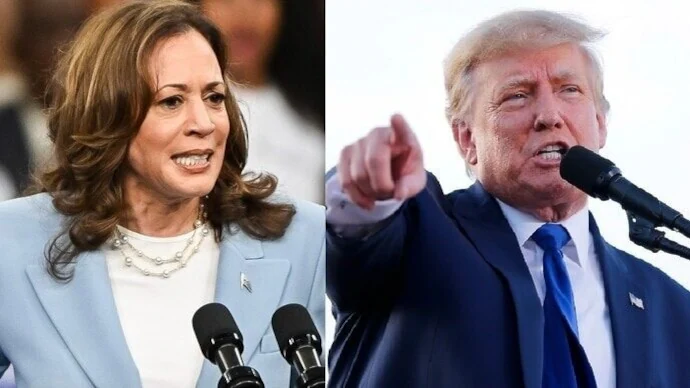The world watches as Donald J. Trump prepares to return to the White House for his second term as the 47th President of the United States. Due to an unprecedented Arctic chill sweeping across the country, the swearing-in ceremony, originally planned for the Capitol’s outdoor platform, has been moved indoors to the U.S. Capitol Rotunda.
Trump shared the update on his social media platform, Truth Social, stating, “I don’t want to get people hurt due to an Arctic blast sweeping the Country.” The last-minute change is reminiscent of Ronald Reagan’s 1985 inauguration, where extreme cold also forced the ceremony inside.
Swearing-In Ceremony: What to Expect
The U.S. Capitol Rotunda has been prepared as the new venue for the swearing-in ceremony, ensuring the safety and comfort of attendees amid the frigid temperatures. President Joe Biden, members of Congress, and various dignitaries will witness the historic moment indoors.
While most ticket holders for the outdoor event will receive commemorative tickets, select sections may still gain entry, though details are yet to be confirmed. For the public, Capital One Arena in Washington, D.C., will open its doors for a LIVE viewing event of the ceremony.
The Parade: A Presidential Twist
In a break from tradition, the Presidential Parade will also take place indoors at Capital One Arena. After taking the oath, Trump announced plans to personally join the crowd at the arena, offering supporters a chance to celebrate his inauguration up close.
The parade’s usual route, stretching from the Capitol to the White House, will now transform into a localized indoor spectacle, featuring marching bands and participants from across the country.
Trump’s Busy Inauguration Schedule
Despite the Arctic blast, Trump has assured his supporters that other inaugural events will proceed as planned:
- A Sunday rally at Capital One Arena.
- Attendance at three inaugural balls on Monday night.
These events reflect Trump’s signature flair for grand celebrations and his commitment to engaging directly with his base.
The Xi Jinping Call: A Diplomatic Note
Adding to the excitement, Trump revealed details of a recent phone call with Chinese President Xi Jinping. He described the exchange as “a very good one for both China and the USA.” This early diplomatic outreach hints at potential developments in U.S.-China relations under Trump’s renewed leadership.
Travel and Refund Policies: What You Need to Know
Tickets for the inauguration were distributed free of charge, so no refunds are necessary. However, changes to travel and accommodation plans remain uncertain. Major airlines and hotel chains have yet to announce special policies for those altering their trips.
A Historic Inauguration Amid Challenges
This year’s inauguration marks a significant moment in U.S. history, as Trump becomes one of the few presidents to serve non-consecutive terms. Despite weather-related disruptions, his team has adapted swiftly, ensuring the celebration reflects the grandeur expected of such a historic event.
As Trump takes the oath of office, the nation and the world will watch with anticipation, witnessing the start of what promises to be another defining chapter in America’s political narrative.












